Taking Loose Parts Seriously
Creativity has been highlighted as an essential skill, if not THE most essential skill for the 21st century. What exactly is creativity, and can it be enhanced?
Having this in mind, I cannot avoid asking myself what is our role as educators in helping children to develop their creativity. Can we actually have any influence in their creativity and are children born more or less creative to begin with?
Some answers can be found in the ideas of both Malaguzzi and Simon Nicholson who believed that all children are born creative, curious about the world and keen to experiment and discover new things. Nicholson, who was an architect, believed that “Children learn most readily and easily in a laboratory-type environment where they can experiment, enjoy and find out things for themselves”. It was Nicholson who developed the idea that loose parts, materials that are open-ended and can be moved around, designed and redesigned, create infinitely more opportunities for creative engagement, construction and invention.
This idea is aligned with the new reality and popularity of makerspaces in schools, designed to allow for STEAM (Science, Technology, Engineering, Arts and Mathematics) to take place. Curiously, STEM education incorporated the “A” of ARTS only later. Advocates of the importance of including the arts like John Maeda say that “the arts (including liberal arts, fine arts, music, design -thinking, and language arts) are critical components to innovation, and the concept is not about giving equal or more time to STEM or arts, but to incorporate, where appropriate, the artistic and design-related skills and thinking processes to student-learning in STEM” . Clearly, being creative is not only related to art or artistry.
However, calling a space assigned for creativity and innovation to thrive a certain name (makerspace)does not in itself assure that the teachers or other adults involved will have the necessary open-minded approach to allow for engaging and creative problem-solving and expression. As educators, we must be willing to decentralize control and flatten hierarchies, understanding we are endlessly evolving and learning, too. If we agree that being creative is imperative when one is posed with true problems to be solved, the answers cannot be given away, rendering the process of evaluation, analysis, implementation of possible solutions, an unimportant task to be simply carried out.
Additionally, a deep understanding that many (if not all) environments can be a fertile learning ground for true engagement and creation of new ideas, relations, investigations and innovation can be a path to push learners into their own imagination.
As educators, we must be thoughtful about the way we design the environment and our actions in order to stimulate, rather than inhibit creative expression.

